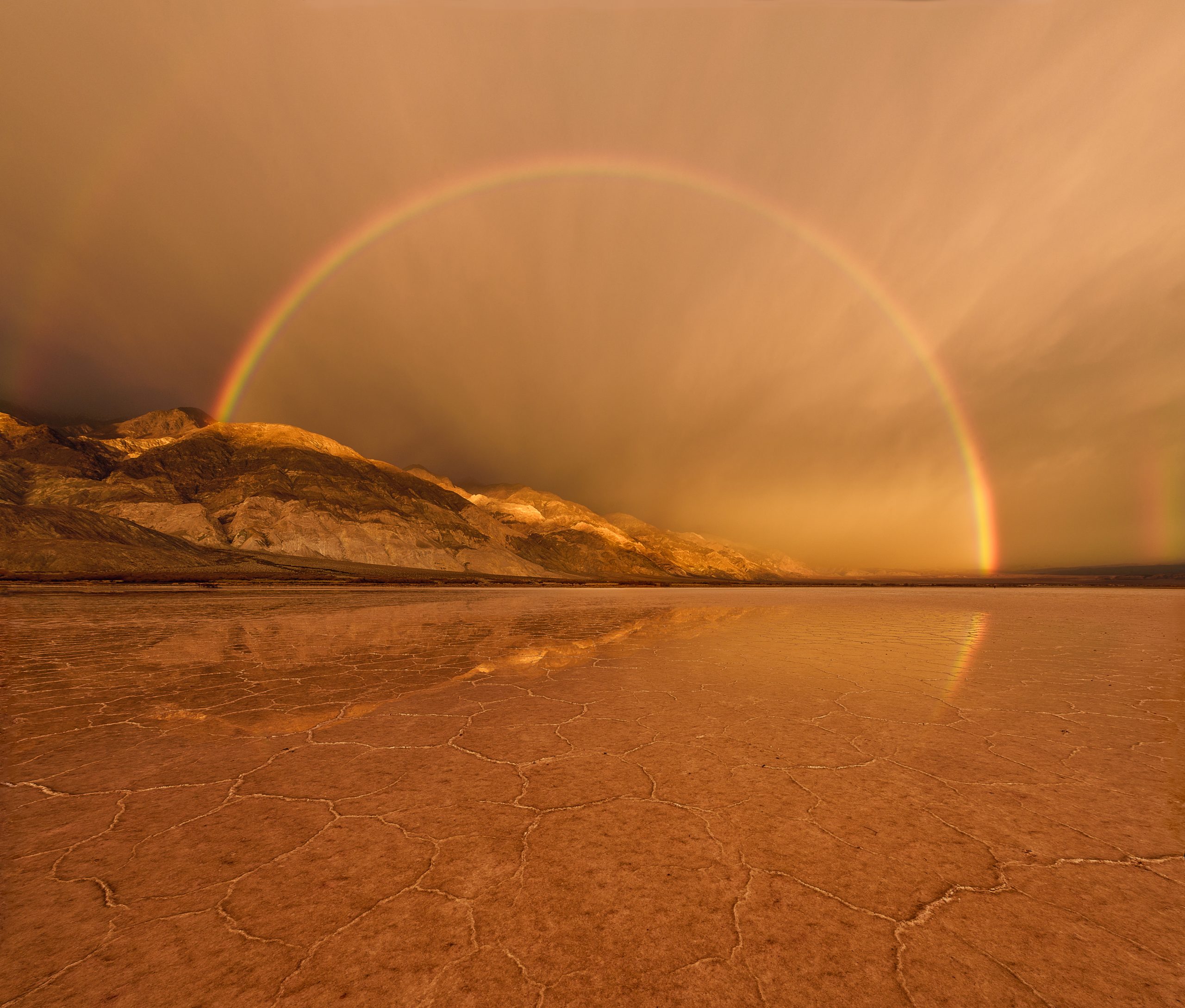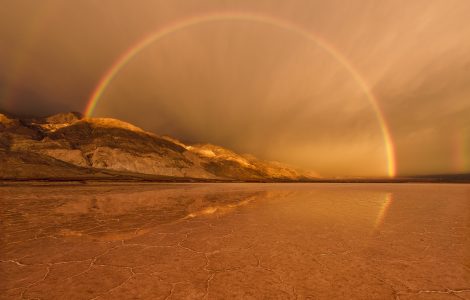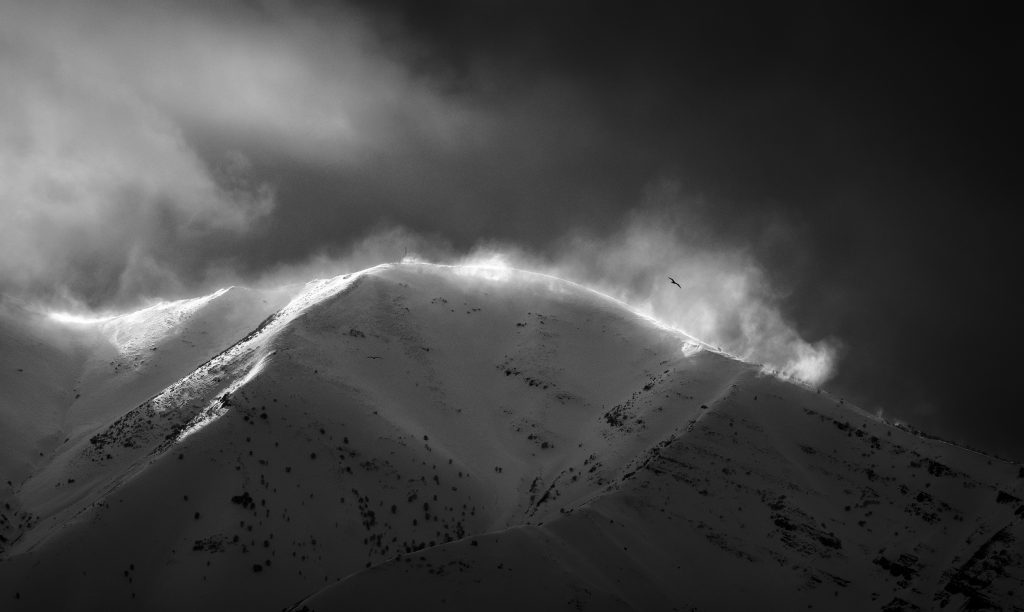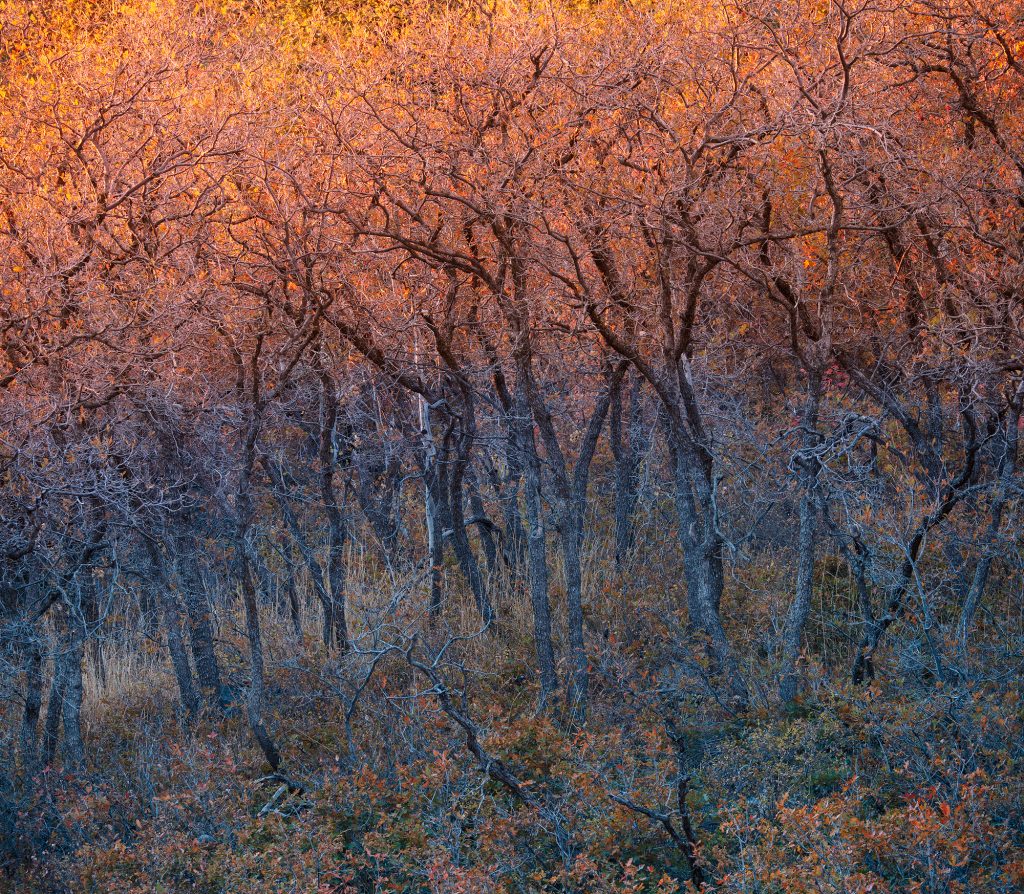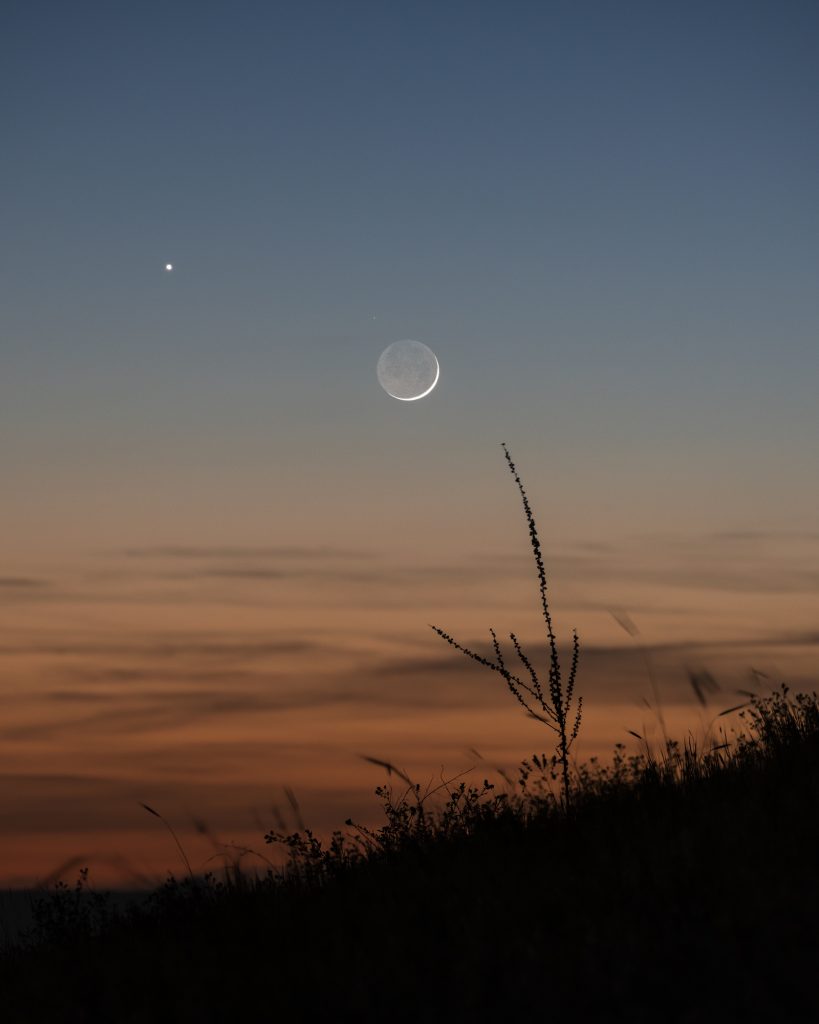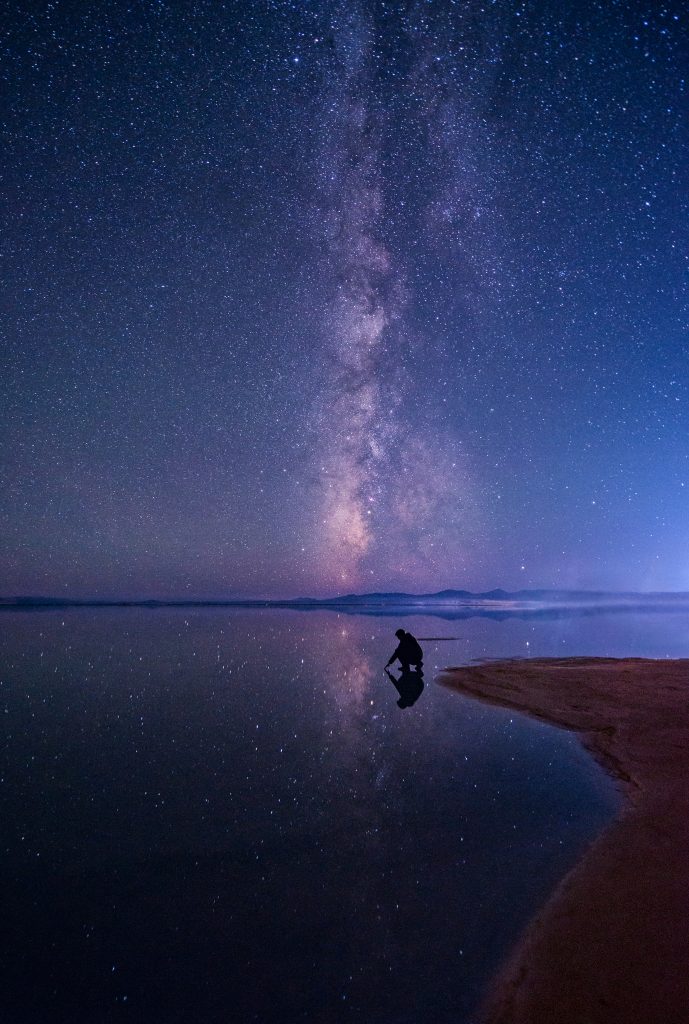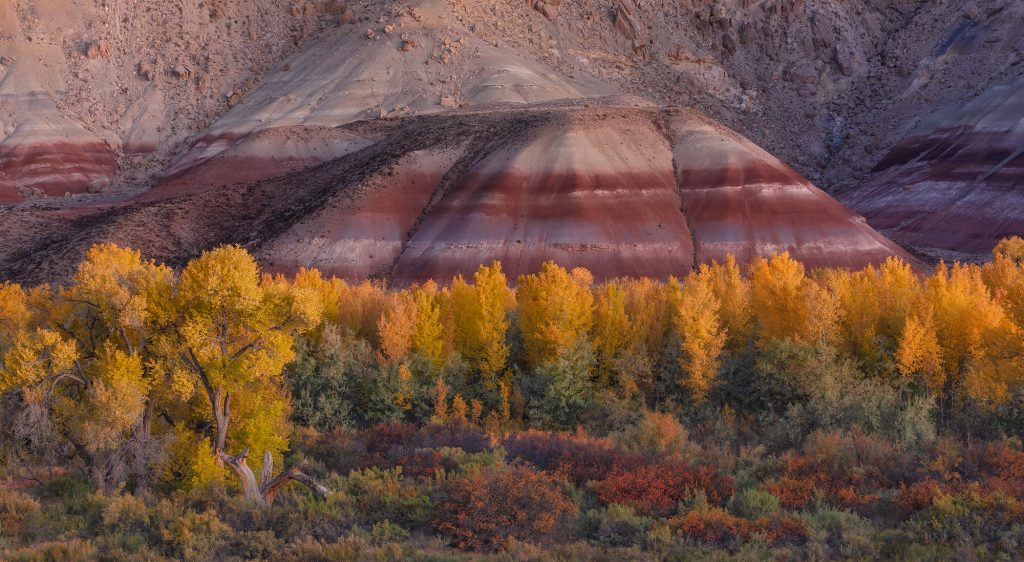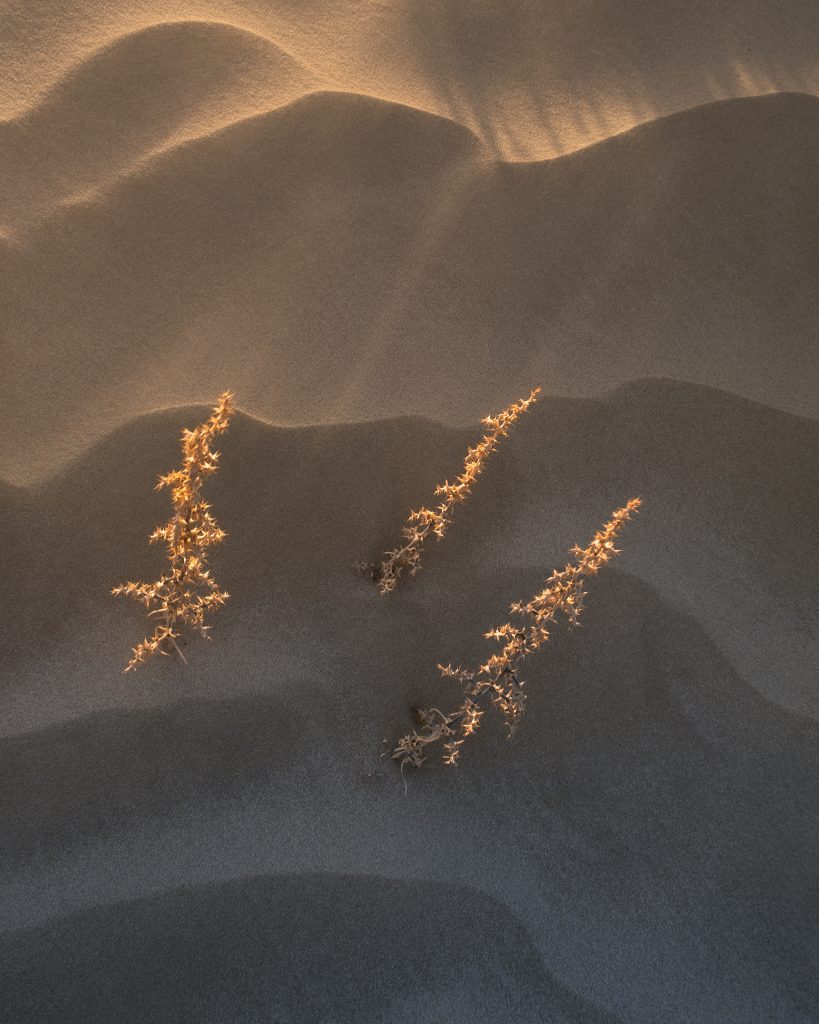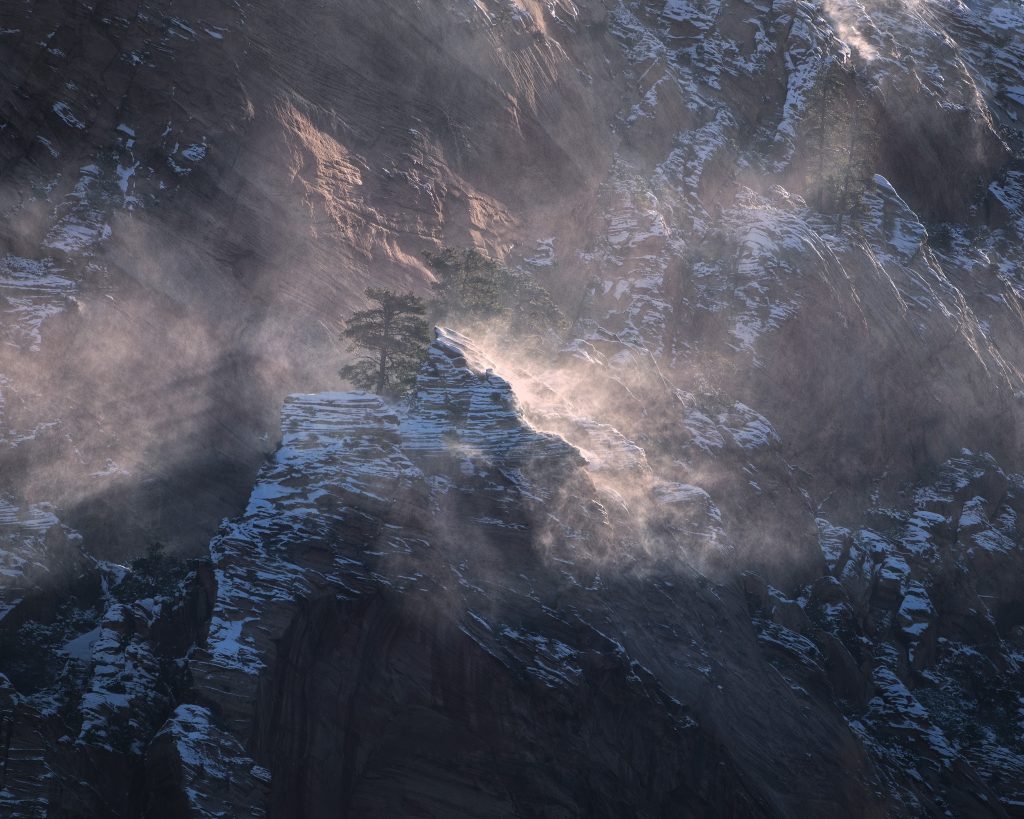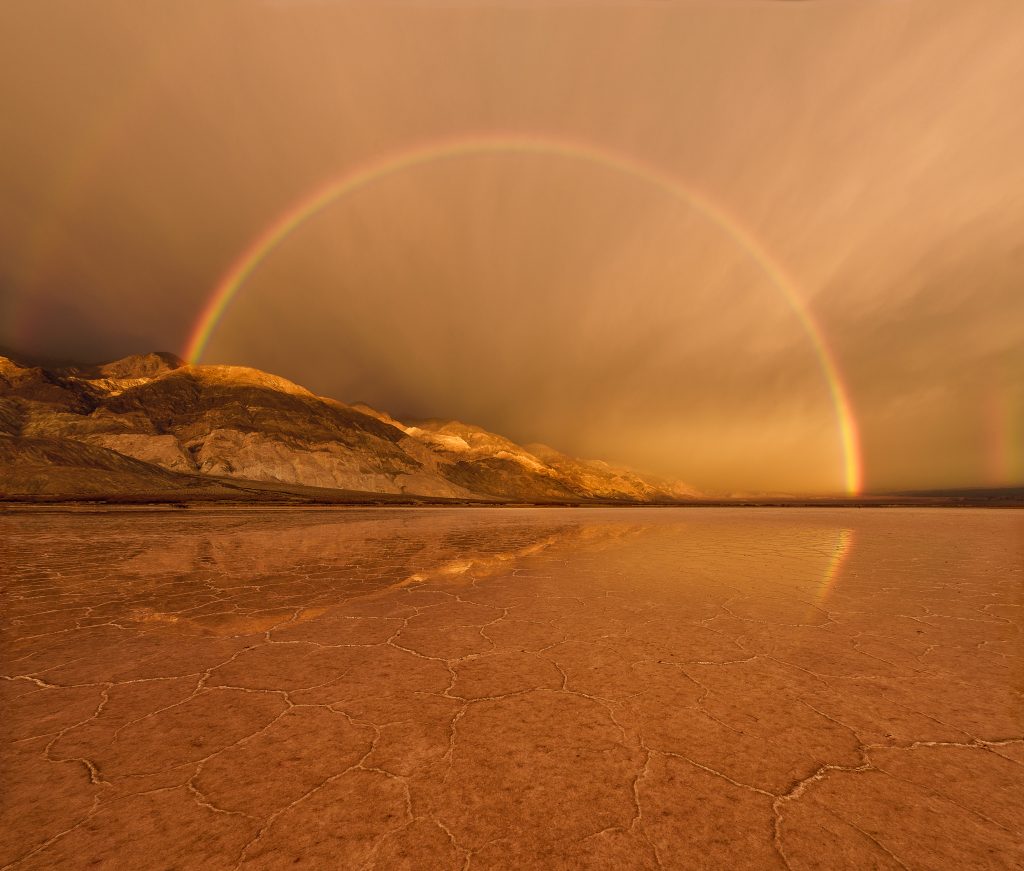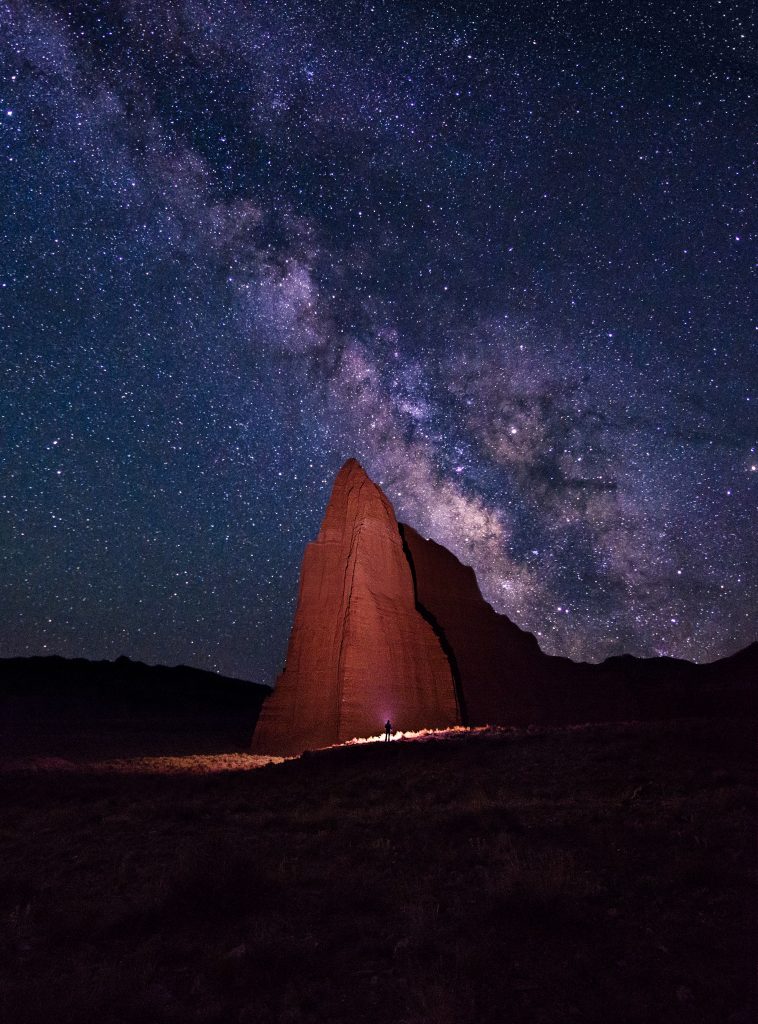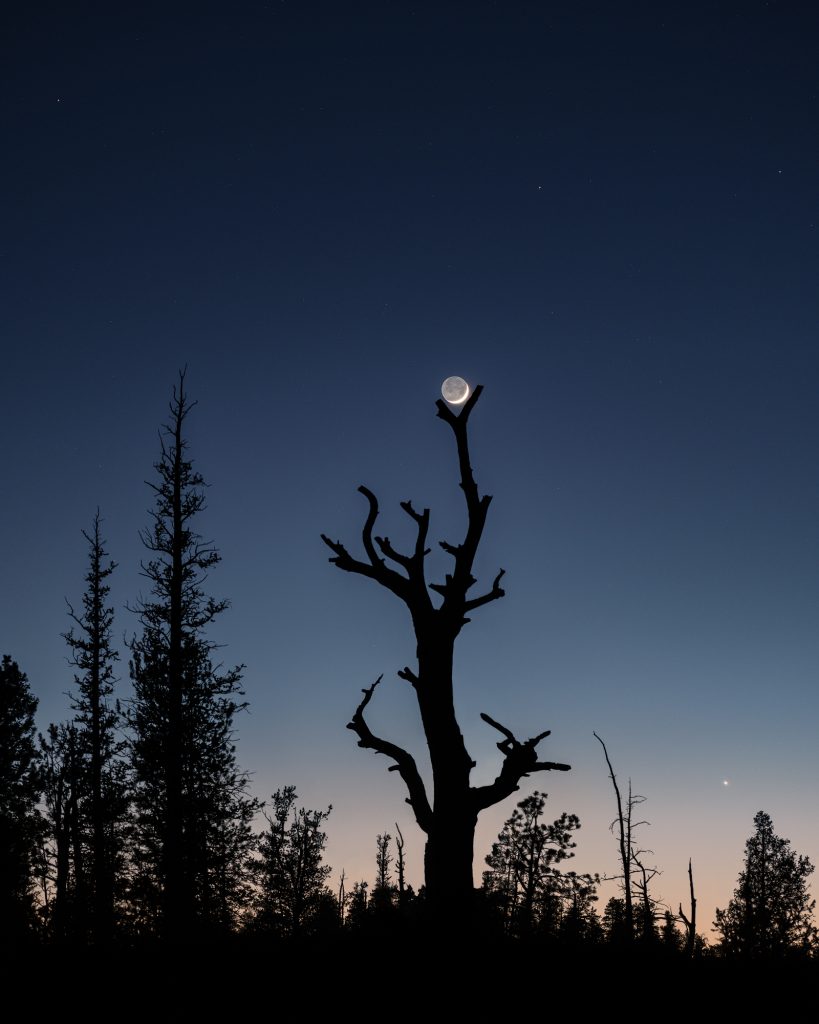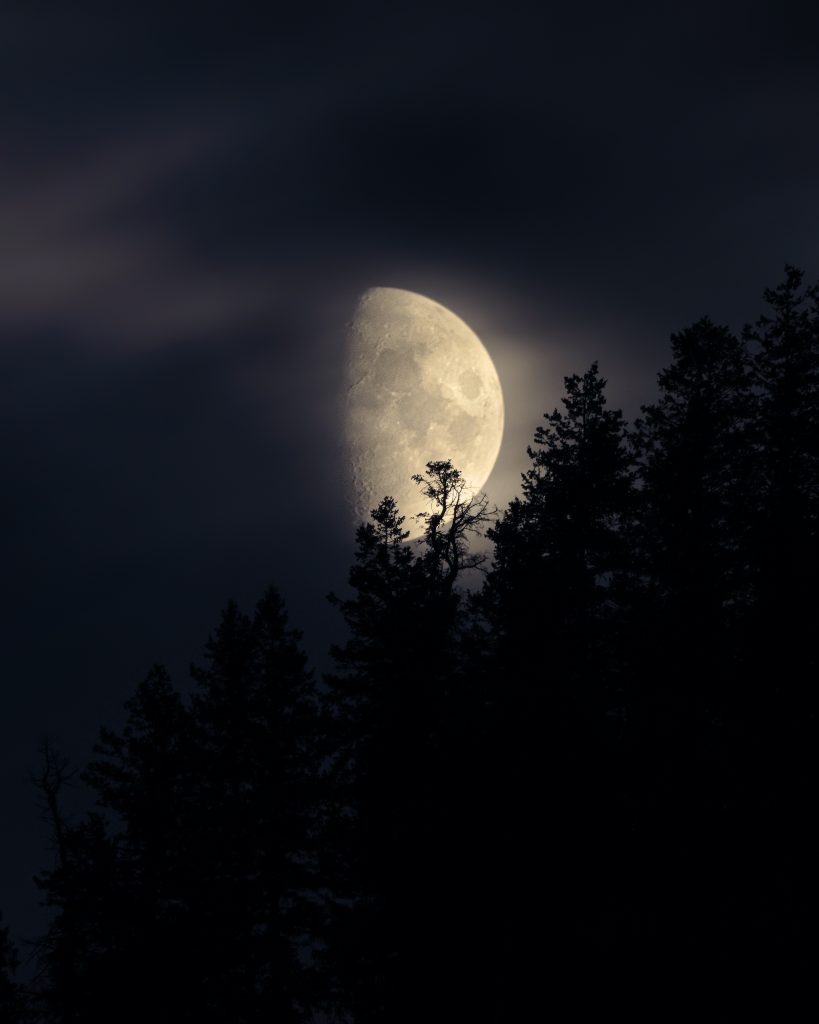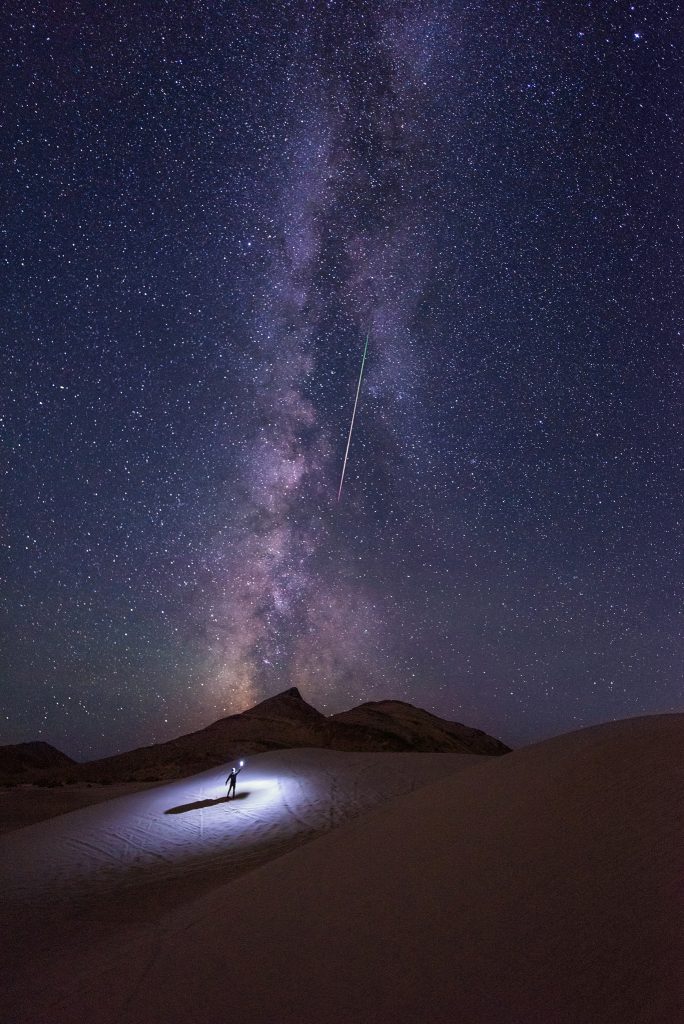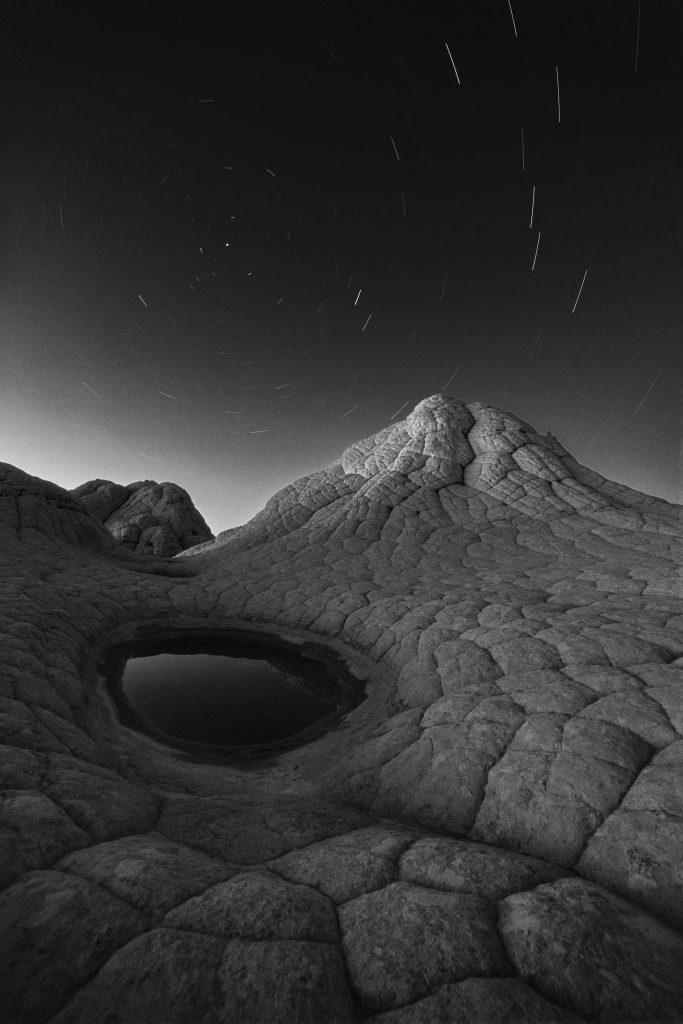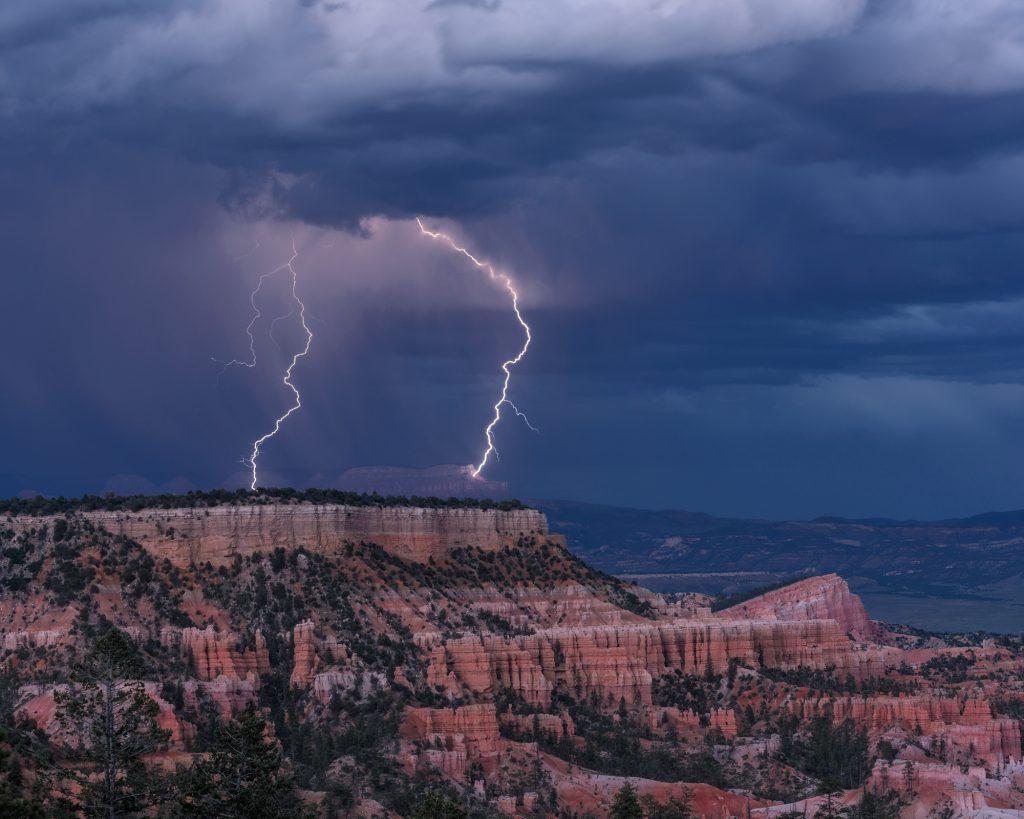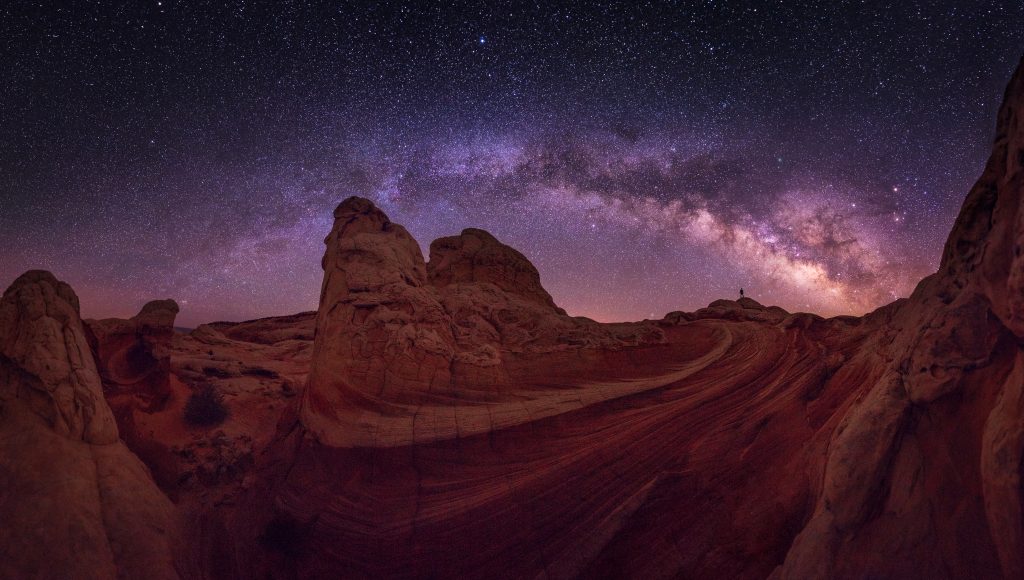About Prajit:
Prajit is a Software Engineer by profession but have been recognized by Times magazine in “51 Photographers to Follow in the US”. He started photography in 2007 and have traveled over 100,000 miles across 24 states in the US. He currently lives in Salt Lake City, UT to continue his life and landscape photography there. See more
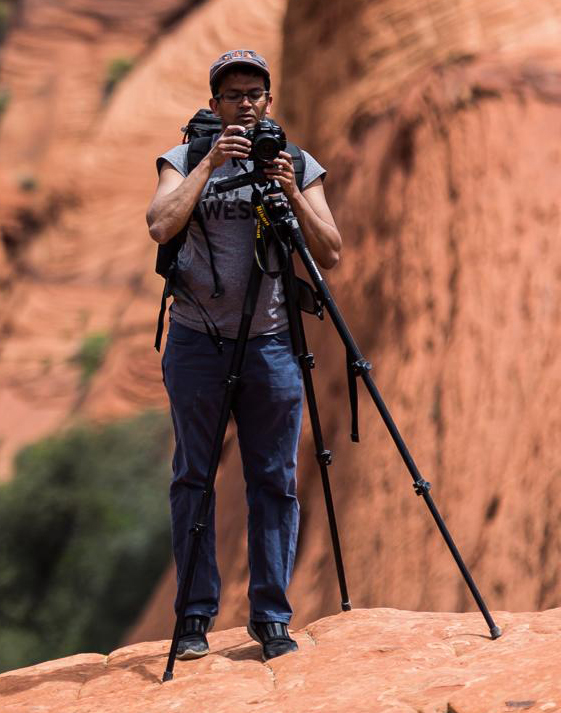
————————
NAPA is proud to announce that Prajit will join the jury of the 2021 NAPA World Photography Awards! The interview below reveals a personal side of Prajit and we hope you can be inspired by his experience.
————————
NAPA: What is photography to you?
Prajit: Photography is something that brings a sense of peace to me. It helps me relax and recharge and helps me avoid burnout at work. I love the process of being out in nature and capturing magical scenes and then coming back home and reliving those moments as I edit those photographs.
NAPA: How did you start photography?
Prajit: I started my journey in the world of photography in 2007. I dabbled into different genres of photography before focusing on landscape photography. I always had a creative side to me. As a kid I used to make miniature aircraft models. I also built many small model houses. Later on I got busy with getting a good college degree and job and lost touch with that side of me. Photography helped me get in touch with my creative side again.
NAPA: Do you have a style? What is it? How have you developed your style?
Prajit: I’m not sure if I have a particular style. I like to capture unique images that represent real moments of magic in nature. I try to get most of my photograph in camera. I’ve just been photographing regularly for the last 14 years and as a result my techniques both in the field and during post processing have evolved over the years. Earlier I enjoyed photographing the grand landscape a lot. These days I enjoy photographing the smaller details within a landscape more.
NAPA: Please tell us a story of your work. What is the key message of this work? How do you get the scenery into a finished photograph in just the way you want?
Prajit: Back in 2016 I decided to shoot star trails with my Nikon FE 35 mm film camera. I liked the option of the getting a clean star trail image in a single exposure plus I didn’t have to worry about the camera running out of power especially in extreme cold weather. I wanted to use that entire roll of film just for star trails. I captured this 30+ minute exposure right at the start and was very excited to see the results. However it took me a long time to finish that roll of film. I was tempted many times to just shoot a bunch of random photographs and get the roll of film developed but I stuck with the initial plan and kept shooting star trails with it. It took me more than a year to finish that roll of film. After developing the film I was really pleased with how this photograph turned out when I looked at it on the light-box but not so happy with the quality of the scans. I tried a bunch of labs, scanned it myself but the results were not good enough. After another year I finally was able to get it scanned correctly and after some dodging and burning this was the result. I think the key message of this work was “patience”.
NAPA: How much effort did you put into it? Could you share the most difficult part of creating this work and how you overcame it?
Prajit: I spent a lot time scouting for locations that would work best for shooting star trails and the right day of the month to be at that particular location. The main challenge was not getting instant feedback on what the photograph would look like. So every setting on the camera, ever minute adjustment in the camera position was critical. I read a lot about shooting very long exposures on film and what are the common problems faced and how to avoid them. The image above was photographed at a location that requires around 7 hours of a driving to get to with the last 1 hour requiring driving through deep sand. I would like to repeat this project again in the future, this time around with a medium format or large format film camera.
NAPA: Lastly, what advice would you give to an aspiring landscape photographer?
Prajit: My advice would be to photograph regularly and not to overlook the areas closer to home. Try visiting an area regularly and you will become more familiar with the intricate details of the landscape of that location and will come up with unique images that will stand out from the usual snapshots of that location. Also with the plethora of resources available either through books or online it requires a lot of trial and error to figure out what works for you and what doesn’t.
————————
